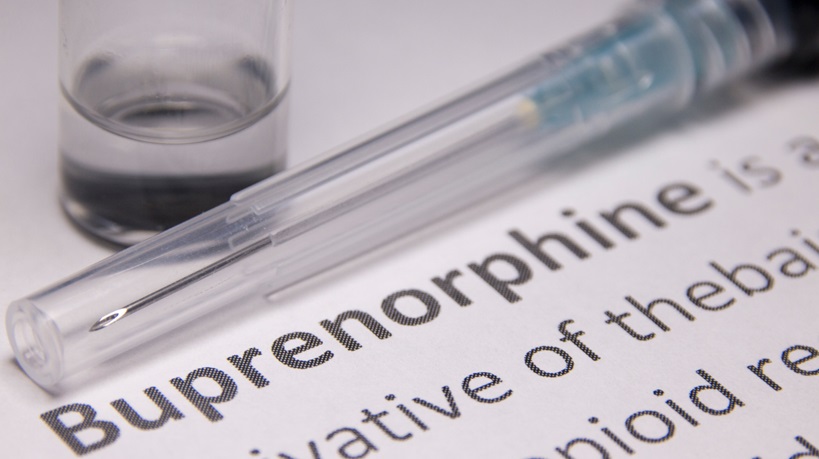
Looking for mental health clipart? You’re in the right place! Visual elements play a crucial role in conveying complex emotions and experiences. In today’s digital age, finding the perfect clipart can enhance your message and resonate with your audience on a deeper level. Let’s dive into the world of mental health clipart and explore how these creative visuals can support and amplify important conversations around mental well-being. Get ready to discover a wide range of expressive images that can help you communicate and connect more effectively in your advocacy efforts. Let’s get started!
Mental Health Clipart: A Creative Resource for Wellness
In today’s digital age, where visual communication plays a significant role in conveying messages and emotions, mental health clipart has emerged as a powerful tool for raising awareness, promoting self-care, and breaking the stigma surrounding mental health issues. This article delves into the world of mental health clipart, exploring its uses, benefits, and impact on individuals and communities.
The Power of Visuals in Mental Health
Visual representations have a unique ability to convey complex ideas and emotions in a simple and engaging manner. When it comes to mental health, where discussions can sometimes be challenging or uncomfortable, visuals provide a non-verbal way to express feelings and experiences. Here’s why mental health clipart is a valuable resource:
- **Emotional Expression**: Clipart can depict a wide range of emotions, helping individuals identify and understand their feelings.
- **Destigmatization**: By using relatable and inclusive imagery, clipart can reduce the stigma associated with mental health issues.
- **Education and Awareness**: Clipart can visually communicate important messages about mental health, promoting understanding and empathy.
Uses of Mental Health Clipart
Mental health clipart is versatile and can be utilized in various contexts to support mental well-being. Here are some common uses of mental health clipart:
Therapy and Counseling
Clipart can be integrated into therapy sessions to facilitate communication between therapists and clients. It can help individuals express their emotions, visualize their thoughts, and enhance the therapeutic process.
Education and Awareness Campaigns
Organizations and initiatives focused on mental health awareness often incorporate clipart into their campaigns. These visuals can be shared on social media, websites, and printed materials to reach a wider audience and deliver important messages effectively.
Self-Care and Journaling
Individuals engaged in self-care practices, such as journaling or mindfulness exercises, can use mental health clipart to personalize their experiences. Clipart can add a creative touch to daily reflections and affirmations.
Benefits of Using Mental Health Clipart
The utilization of mental health clipart offers various benefits for both individuals and communities. Here are some advantages of incorporating clipart into mental health initiatives:
- **Enhanced Communication**: Visuals can bridge communication gaps and make complex topics easier to understand.
- **Promoting Reflection**: Clipart encourages individuals to reflect on their emotions and experiences in a visually engaging way.
- **Community Engagement**: Shared clipart can foster a sense of community among individuals facing similar mental health challenges.
- **Creative Expression**: Clipart provides a platform for creative expression and allows individuals to personalize their mental health journey.
Creating and Sharing Mental Health Clipart
If you’re interested in creating or sharing mental health clipart, there are several ways to get started:
Design Tools and Resources
Utilize graphic design tools such as Canva, Adobe Illustrator, or online clipart libraries to create your own mental health-themed visuals. These platforms offer templates, icons, and graphics to support your creative endeavors.
Collaboration and Community
Join online communities or forums dedicated to mental health advocacy and art creation. Collaborating with like-minded individuals can inspire new ideas and projects, leading to impactful and meaningful clipart creations.
Copyright Considerations
When using or sharing mental health clipart, ensure that you have the necessary permissions and rights to do so. Respect the original creators’ work and attribute it appropriately if required.
Impact and Future Trends
The impact of mental health clipart extends beyond individual expressions to societal change and greater awareness. As the conversation around mental health continues to evolve, visual resources like clipart will play a vital role in shaping perceptions and promoting well-being.
In the future, we can expect to see more diverse and inclusive representations in mental health clipart, catering to a wide range of identities and experiences. Additionally, advancements in technology may lead to interactive and immersive clipart experiences that further engage audiences and encourage active participation in mental health discussions.
Mental health clipart serves as a creative and accessible resource for individuals, organizations, and communities looking to promote mental well-being and foster understanding. By harnessing the power of visuals, we can continue to destigmatize mental health issues, educate the public, and support those on their journey to emotional wellness. Whether you’re a creator, advocate, or individual exploring self-care tools, mental health clipart offers a colorful and expressive way to navigate the complexities of mental health with empathy and creativity.
We All Have Mental Health
Frequently Asked Questions
What are mental health clipart and how can they be used?
Mental health clipart are visual images or graphics related to mental well-being, emotions, and therapy. They can be used in presentations, educational materials, social media posts, and websites to promote mental health awareness and reduce stigma.
Where can I find quality mental health clipart for free?
There are various websites and online platforms that offer free mental health clipart, such as Pixabay, Freepik, and Canva. These platforms provide a range of images that can be downloaded and used for personal or commercial projects.
How can mental health clipart contribute to destigmatizing mental health issues?
By using mental health clipart in educational resources, campaigns, and social media posts, individuals and organizations can help normalize conversations about mental health. The visually engaging nature of clipart can attract attention and convey messages in a non-threatening way.
Are there specific guidelines for using mental health clipart ethically and responsibly?
When using mental health clipart, it’s important to ensure that the images are respectful, non-triggering, and culturally sensitive. Avoid stereotypes and portrayals that may perpetuate negative stereotypes or misinformation about mental health conditions.
Can mental health clipart be used in therapy sessions or counseling materials?
Yes, mental health clipart can be a valuable tool in therapy sessions to enhance communication, stimulate discussions, and aid in the emotional expression of clients. Counselors and therapists often use visual aids like clipart to facilitate understanding and engagement in the therapeutic process.
Final Thoughts
In conclusion, incorporating mental health clipart into your resources can enhance the visual appeal of your content while promoting positive mental health messages. The use of engaging and relatable illustrations can effectively convey complex ideas and emotions, making it easier for individuals to connect with and understand the information provided. By utilizing mental health clipart thoughtfully, you can create a supportive and inclusive environment that encourages open conversations and destigmatizes discussions around mental health. Remember, a picture can truly be worth a thousand words in promoting mental well-being.




